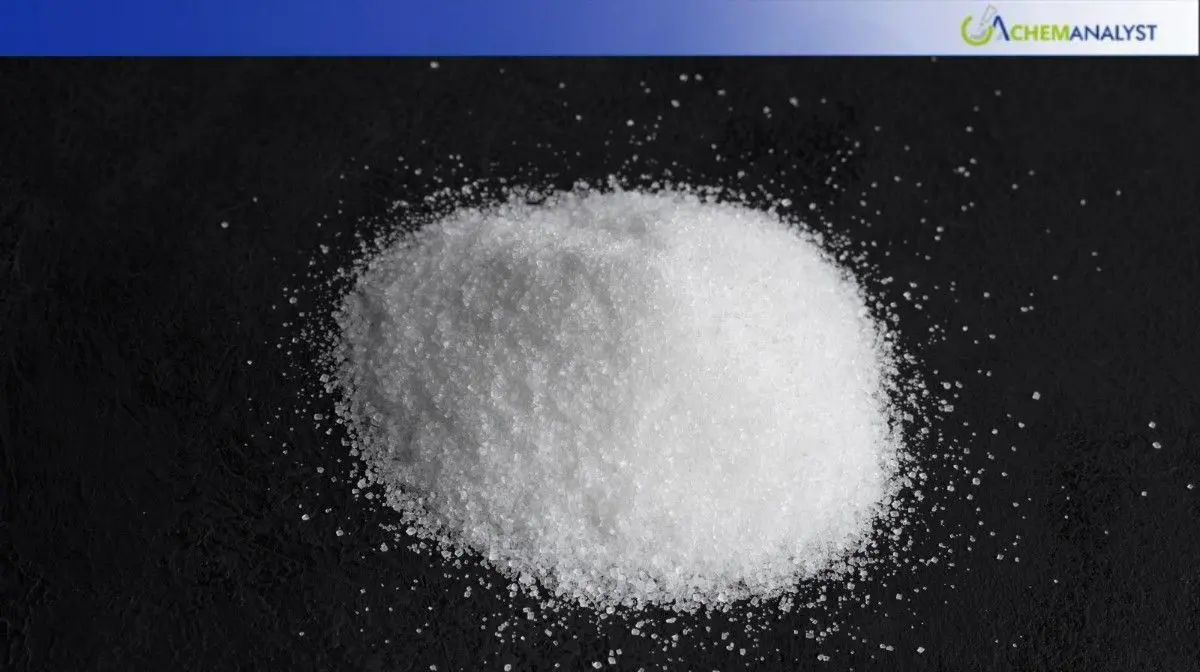Welcome To ChemAnalyst

Japan's iodine export prices saw a steady rebound during September 2025, recording a rise in overseas procurements as the month moves forward. The price increase is in line with rising demand around the world and chronic lack of supply, further establishing Japan's leadership role in the iodine industry. Healthcare facility expansions, particularly in third-world nations like India and Southeast Asia, have exponentially grown import volumes. Supply-side production issues in major areas, combined with unexpected typhoons, are likely to further impact the refining processes and reduce output for the upcoming months. Experts consider September's result to be an indicator of long-term price momentum fueled by Japan's continued investment in clean extraction technology. These improvements improve production efficiency without sacrificing environmental concerns, enabling Japan to uphold its competitive edge. European buyers, who depend heavily on Japanese iodine, started to raise consumers' prices, and this can catch up with the prices of common products such as iodized salt and disinfectants. While Japan navigates this lucrative market environment, stakeholders are being compelled to put supply chain resiliency first. The persistent increases in the cost of iodine, aside from highlighting Japan's market supremacy, also establish the appropriate tone for the mineral's place in contemporary industries, which points well for future growth and strategic prospects.
Market analysts consider September's performance as a sign of steady price momentum, a steady 0.7% of rise from the previous month driven by Japan's continued investments in green extraction technologies. These help raise the level of production efficiency while reducing environmental impacts, enabling Japan to continue enjoying a relative advantage.
European importers, which have been significantly dependent on Japanese iodine, are increasingly absorbing higher costs to consumers that can affect prices for mass-market products such as iodized salt and disinfectants. As Japan weather this bullish market climate, stakeholders are encouraged to shift their attention towards supply chain resiliency. The consistent upsurge in iodine prices not only evidences of Japan's reign over the international market, but also the mineral's indispensable contribution to contemporary industries, positioning it for greater growth and strategic significance.
The ongoing global demand for advanced healthcare facilities, especially in the emerging markets of India and Southeast Asia, has largely driven volumes of import of Iodine. Japan exports to these countries soared in September alone, with consumers stockpiling owing to fear of disruption in the winter season with high demand, contributing to further price surge in Iodine. On the supply side, seasonal issues in Japan's major production areas and prefectures were fueled by excessively early typhoon activity in early summer, which caused refining activity and clipped into Iodine production, thereby affecting its availability as the month proceeds further. In addition, geopolitical tensions in major alternative source areas, the biggest producer of which is Chile, have indirectly helped Japan in that Chilean shipments are hindered by labor strikes and export duties imposed in response to local shortages for Iodine.
Market analysts attribute this September's surge to a harbinger of long-term price momentum. This surge is also underpinned by Japan's strategic investment in eco-friendly Iodine production technologies, such as eco-friendly brine recovery technologies in accordance with the market producers. Such ventures not only reduce environmental issues but also improve the efficiency of production, thus enabling Japan to preserve premium prices for Iodine without pushing away long-term customers.
The implications extend beyond Japan, causing shockwaves in supply chains around the world. European consumers, who source 25% of Iodine demand from Japanese sources, are said to have passed the cost increases to clients, and as a result, end-users observe prices for consumer goods like iodized salt and disinfectants skyrocket. In the United States, where Iodine is a key component in agrochemicals and nuclear fuel processing, the Department of Commerce has observed the trend as a risk factor in its quarterly commodities report, calling for efforts at diversification. But little short-term respite in view from elsewhere—such as modest Chinese production increases in the face of regulatory constraints—is likely to come, and the general consensus among analysts is that this is good news for Japanese producers with the upward trend in Iodine prices continuing through 2026 as the demand from the growing electric vehicle battery market places another strain.
We use cookies to deliver the best possible experience on our website. To learn more, visit our Privacy Policy. By continuing to use this site or by closing this box, you consent to our use of cookies. More info.
